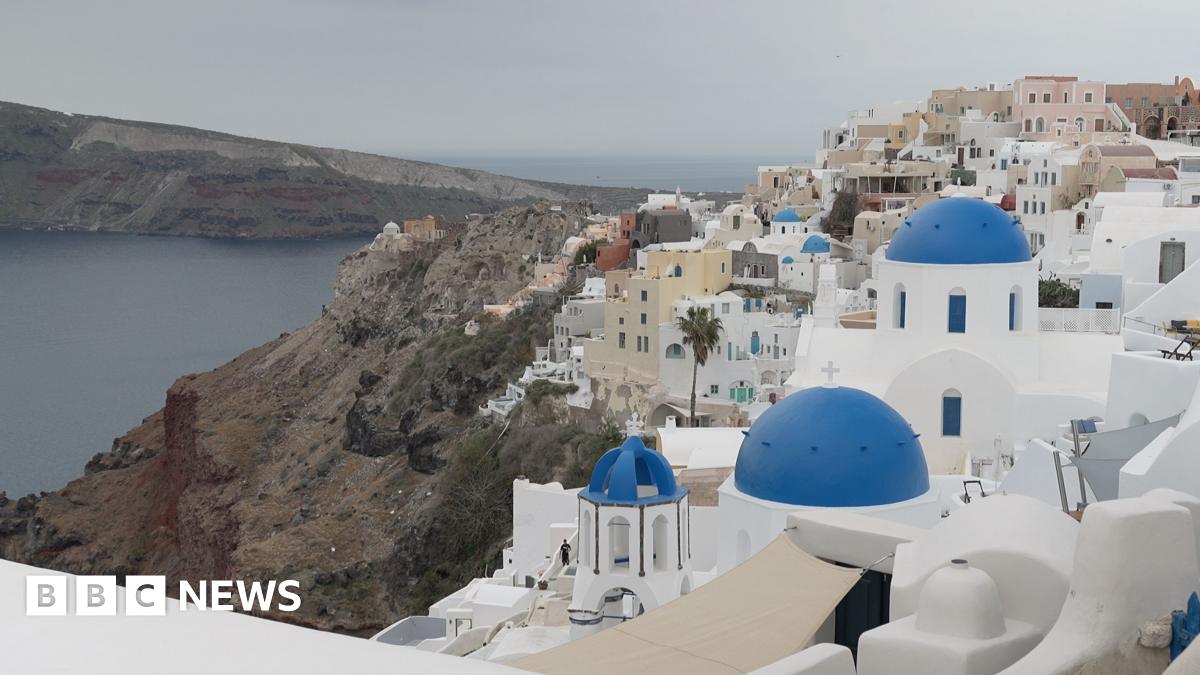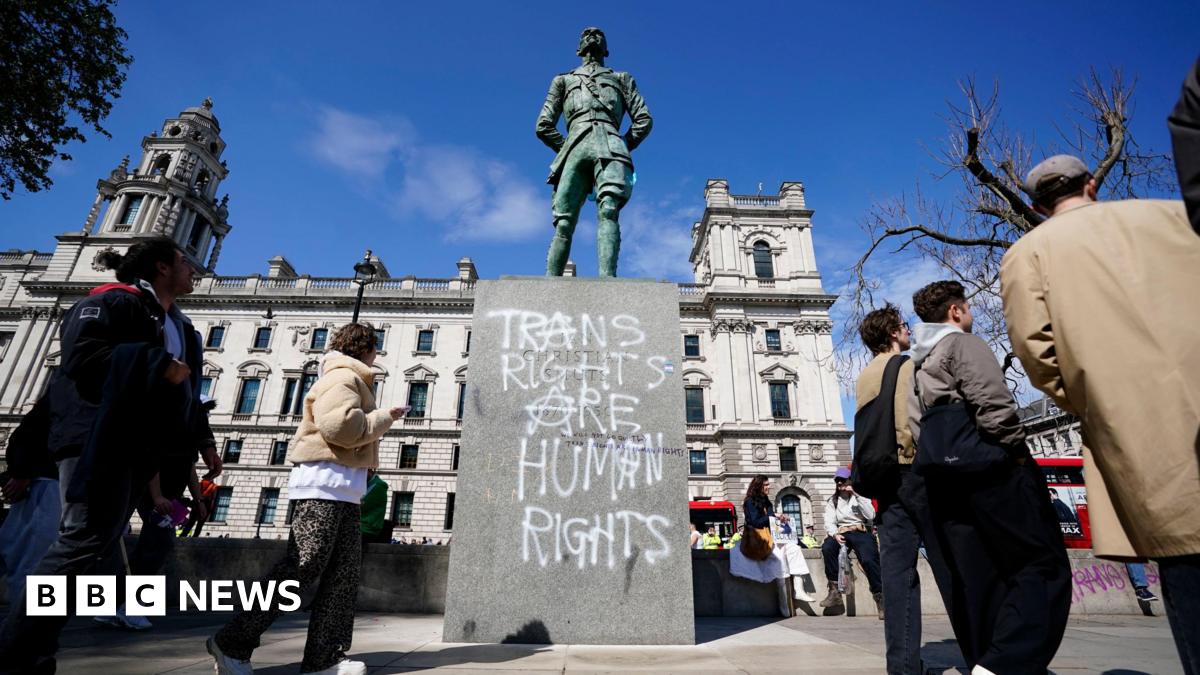Unraveling Santorini's Volcanic Future: Clues From The Past

Welcome to your ultimate source for breaking news, trending updates, and in-depth stories from around the world. Whether it's politics, technology, entertainment, sports, or lifestyle, we bring you real-time updates that keep you informed and ahead of the curve.
Our team works tirelessly to ensure you never miss a moment. From the latest developments in global events to the most talked-about topics on social media, our news platform is designed to deliver accurate and timely information, all in one place.
Stay in the know and join thousands of readers who trust us for reliable, up-to-date content. Explore our expertly curated articles and dive deeper into the stories that matter to you. Visit Best Website now and be part of the conversation. Don't miss out on the headlines that shape our world!
Table of Contents
Unraveling Santorini's Volcanic Future: Clues from the Past
Santorini, the breathtaking Greek island famed for its iconic white-washed villages clinging to volcanic cliffs and stunning sunsets, owes its very existence to a volatile geological past. But what does that past tell us about its future? Scientists are delving into Santorini's history, using clues from past eruptions to predict potential future volcanic activity and assess the risks to the island and its inhabitants. This isn't just about academic curiosity; it's about safeguarding a unique and irreplaceable cultural and natural heritage.
Santorini's Explosive History: A Timeline of Volcanic Fury
Santorini's volcanic arc sits atop the Hellenic Volcanic Arc, a geologically active zone where the African tectonic plate subducts beneath the Eurasian plate. This process fuels the magma chambers beneath the island, leading to periodic eruptions. The most famous eruption occurred around 1600 BC, a cataclysmic event that likely inspired the legend of Atlantis. This Minoan eruption, as it's known, ejected an estimated 60 cubic kilometers of volcanic material, causing a massive tsunami and dramatically reshaping the island's landscape. The caldera, the massive crater that defines Santorini today, is a direct result of this colossal eruption.
Subsequent eruptions, though smaller than the Minoan event, have continued to shape the island's geology. These include:
- The Nea Kameni eruptions: A series of eruptions that began in 1570 AD and continued intermittently into the 20th century, building the small islands within the caldera.
- The 1950 eruption: A relatively minor eruption that resulted in volcanic ash and lava flows.
Analyzing the geological records of these past eruptions provides crucial insights into the frequency, intensity, and style of future volcanic activity. Scientists study the chemical composition of volcanic rocks, the layering of tephra (volcanic ash and debris), and the distribution of volcanic deposits to reconstruct past events and build predictive models.
Modern Monitoring: Keeping a Watchful Eye on Santorini's Volcano
Today, Santorini's volcano is closely monitored by the National Observatory of Athens' Institute of Geodynamics. A network of seismographs, GPS stations, and gas monitoring sensors constantly track subtle changes in ground deformation, seismic activity, and gas emissions. These data provide early warning signals of potential eruptions, allowing for timely evacuation and mitigation efforts.
The scientists are particularly interested in understanding:
- Magma chamber dynamics: How much magma is accumulating beneath the island and at what rate.
- Precursory signals: What subtle changes in ground deformation or gas emissions precede an eruption.
- Eruption style: Whether future eruptions will be similar to past events or if a different eruption style is possible.
This ongoing monitoring is vital for minimizing risks to the island's residents and tourists.
The Future of Santorini: A Balance Between Beauty and Risk
Santorini's volcanic future remains uncertain. While the island is undeniably beautiful, it's crucial to remember the inherent risks associated with living on an active volcano. Scientists' understanding of Santorini's volcanic system continues to improve, enabling more accurate hazard assessments and effective mitigation strategies. This work is not only crucial for protecting the island's population but also for preserving its unique geological and cultural heritage for future generations. Continuous research and monitoring remain paramount in navigating this delicate balance between appreciating Santorini's breathtaking landscape and mitigating potential volcanic hazards. Further research into past eruptions and improved monitoring techniques will help ensure the safety and well-being of this stunning island.

Thank you for visiting our website, your trusted source for the latest updates and in-depth coverage on Unraveling Santorini's Volcanic Future: Clues From The Past. We're committed to keeping you informed with timely and accurate information to meet your curiosity and needs.
If you have any questions, suggestions, or feedback, we'd love to hear from you. Your insights are valuable to us and help us improve to serve you better. Feel free to reach out through our contact page.
Don't forget to bookmark our website and check back regularly for the latest headlines and trending topics. See you next time, and thank you for being part of our growing community!
Featured Posts
-
 Linas Murder Examining The Role Of A Police Risk Assessment Algorithm
Apr 22, 2025
Linas Murder Examining The Role Of A Police Risk Assessment Algorithm
Apr 22, 2025 -
 Protestors Damage Statues At Westminster During London Transgender Rights March
Apr 22, 2025
Protestors Damage Statues At Westminster During London Transgender Rights March
Apr 22, 2025 -
 Global Trade Under Pressure Chinas Response To Trump Tariff Appeasement
Apr 22, 2025
Global Trade Under Pressure Chinas Response To Trump Tariff Appeasement
Apr 22, 2025 -
 Spy Bugging Scandal Demand Grows For Prime Ministers Response
Apr 22, 2025
Spy Bugging Scandal Demand Grows For Prime Ministers Response
Apr 22, 2025 -
 Chinas Sharp Criticism Of Trade Deals Amidst Trumps Tariffs
Apr 22, 2025
Chinas Sharp Criticism Of Trade Deals Amidst Trumps Tariffs
Apr 22, 2025
